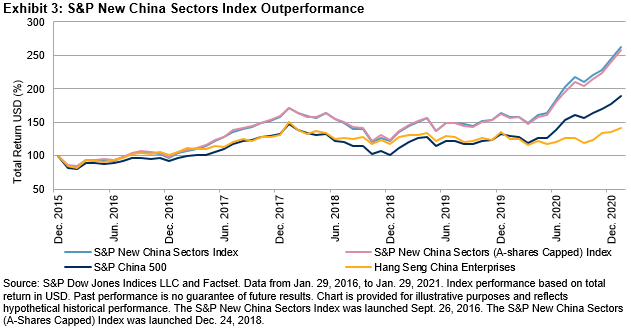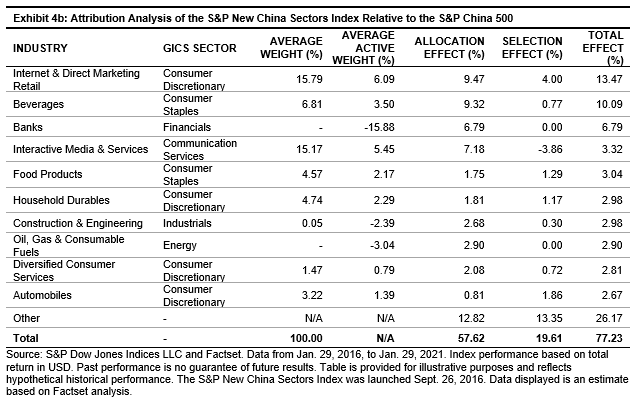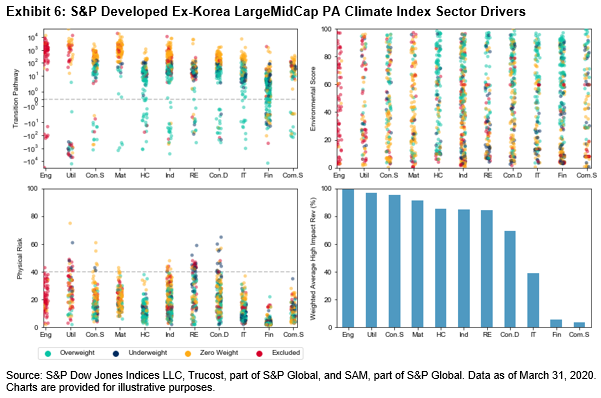The S&P 500 ESG Index has redefined mainstream access to ESG, providing global investors with new tools designed to help them align objectives with their ESG values. Explore how this expanding ESG ecosystem is defining the sustainable core with S&P DJI’s Mona Naqvi, Horizon Investments’ Scott Ladner, Axio Financial’s Peter Horacek, and Sage Advisory’s Bob Smith.
The posts on this blog are opinions, not advice. Please read our Disclaimers.



































































